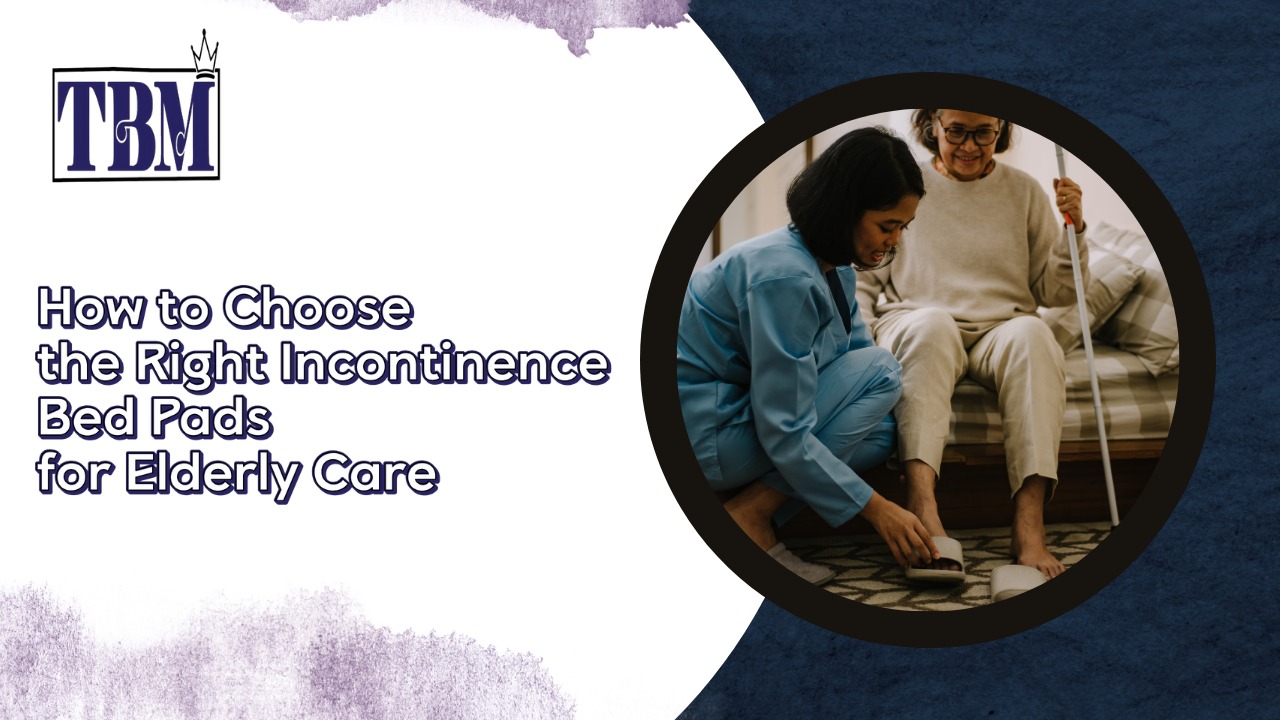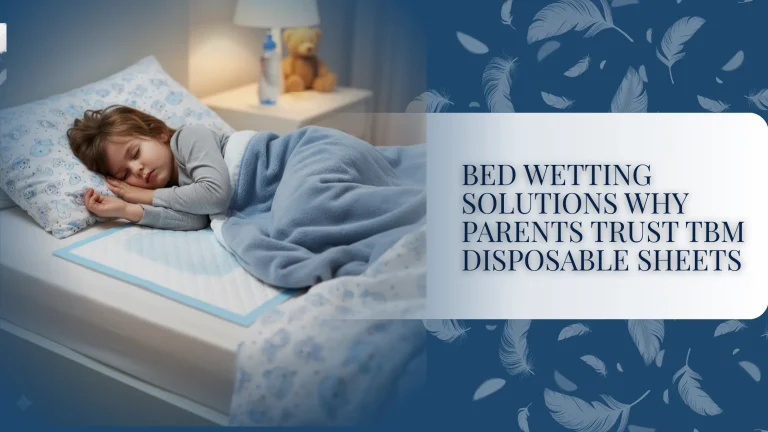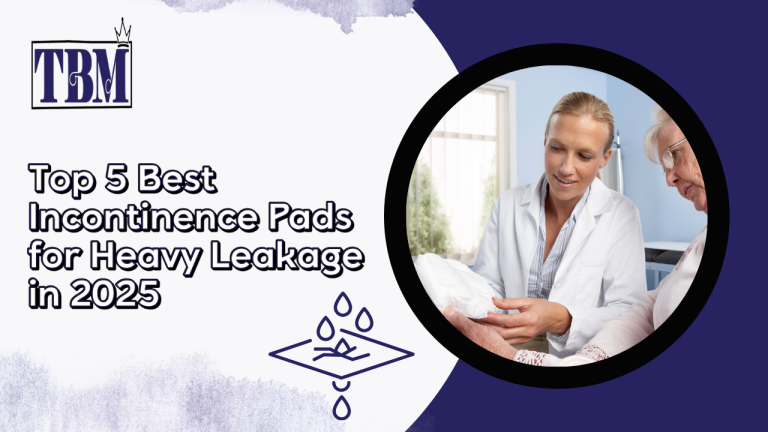Caring for an elderly loved one with incontinence is an act of love, but it’s not without challenges. The right incontinence bed pad can transform this experience, offering comfort, dignity, and peace of mind. However, with so many options on the market, how do you know which one is best? Whether you’re a family caregiver or a professional, this guide will help you navigate choosing incontinence bed pads for elderly loved ones in 2025.
At TBM Treading, we’re committed to simplifying caregiving. For more resources, check out our Ultimate Guide to Incontinence Care.
Why Choosing the Right Bed Pad Matters
Incontinence bed pads are more than just protective layers—they’re vital tools for:
- Skin Health: Preventing rashes, bedsores, and infections.
- Comfort: Ensuring restful sleep and reduced anxiety.
- Dignity: Helping seniors maintain confidence and independence.
A poorly chosen pad can lead to leaks, skin irritation, or even falls. Let’s break down what to prioritize.
Key Features to Consider When Choosing Incontinence Bed Pads
1. Absorbency Level
Heavy leakage requires maximum absorbency. Look for terms like “overnight,” “heavy-duty,” or “hospital-grade.”
- Tip: Test pads using our free sample guide.
2. Size and Fit
A pad too small won’t cover the sleep area; too large may bunch up. Measure the bed or chair and match it to product dimensions.
- Standard Sizes:
- Small (17″ x 24″): Chairs or travel.
- Large (34″ x 36″): Twin beds.
- Extra-Large (34″ x 54″): Queen/King beds.
3. Material and Comfort
- Top Layer: Soft, quilted fabric prevents skin irritation.
- Core: Absorbent polymers (SAP) lock in moisture.
- Backing: Waterproof but breathable materials like polyurethane.
4. Reusable vs. Disposable
- Disposable Pads: Convenient for travel or heavy leakage.
- Reusable Pads: Eco-friendly and cost-effective long-term.
5. Odor Control
Advanced pads include odor-neutralizing technology. Brands like Prevail use carbon-based cores.
6. Skin Protection
Hypoallergenic materials and pH-balanced layers reduce irritation. For sensitive skin, check out our guide to rash prevention.
7. Ease of Cleaning
Reusable pads should be machine-washable. Disposable pads need easy disposal (look for adhesive tabs or roll-up designs).
Types of Incontinence Bed Pads
1. Disposable Underpads
Ideal for short-term use or severe leakage. Brands like TENA and Depend offer high-capacity options.
2. Washable Reusable Pads
Eco-friendly and budget-friendly. Look for reinforced stitching and quick-dry fabrics.
3. Mattress Protectors
Waterproof covers that shield the entire mattress. Pair with disposable pads for extra security.
For mobility-friendly solutions, explore our blog on adaptive bedding.
Top 3 Picks for Elderly Incontinence Bed Pads in 2025
1. Medline Softnit Deluxe Underpads
- Why We Love It: Hospital-grade absorbency (35 oz) with a silky top layer.
- Best For: Overnight use or bedridden patients.
2. Reusable Cotton Bed Pads by Vive
- Why We Love It: Organic cotton, 3-layer absorbency, and machine-washable.
- Best For: Eco-conscious caregivers.
3. TENA Ultra Plus Disposable Pads
- Why We Love It: Rapid-dry technology and adhesive corners for stability.
- Best For: Travel or daytime use.
How to Maintain Hygiene and Comfort
- Change Pads Promptly: Replace disposable pads after each use; wash reusables immediately.
- Use Skin Barrier Creams: Prevent irritation with products like Calmoseptine.
- Rotate Pads: Place two pads side-by-side for easier nighttime changes.
For more tips, the Mayo Clinic’s guide to incontinence care is a trusted resource.
FAQs About Incontinence Bed Pads
Q: How often should I change the bed pad?
A: Disposable pads: After each incident. Reusable pads: Daily or after heavy leaks.
Q: Can bed pads prevent bedsores?
A: Yes! Moisture-wicking pads reduce friction. Pair with regular repositioning.
Q: Are reusable pads cost-effective?
A: Over time, yes. They cost more upfront but last years with proper care.
Final Thoughts
Choosing incontinence bed pads for elderly care is about balancing practicality with compassion. Prioritize absorbency, comfort, and skin health, and don’t hesitate to experiment with samples. At TBM Treading, we’re here to empower caregivers with trusted solutions. For personalized advice, explore our product comparison tool.
Your loved one’s comfort is worth the effort.




